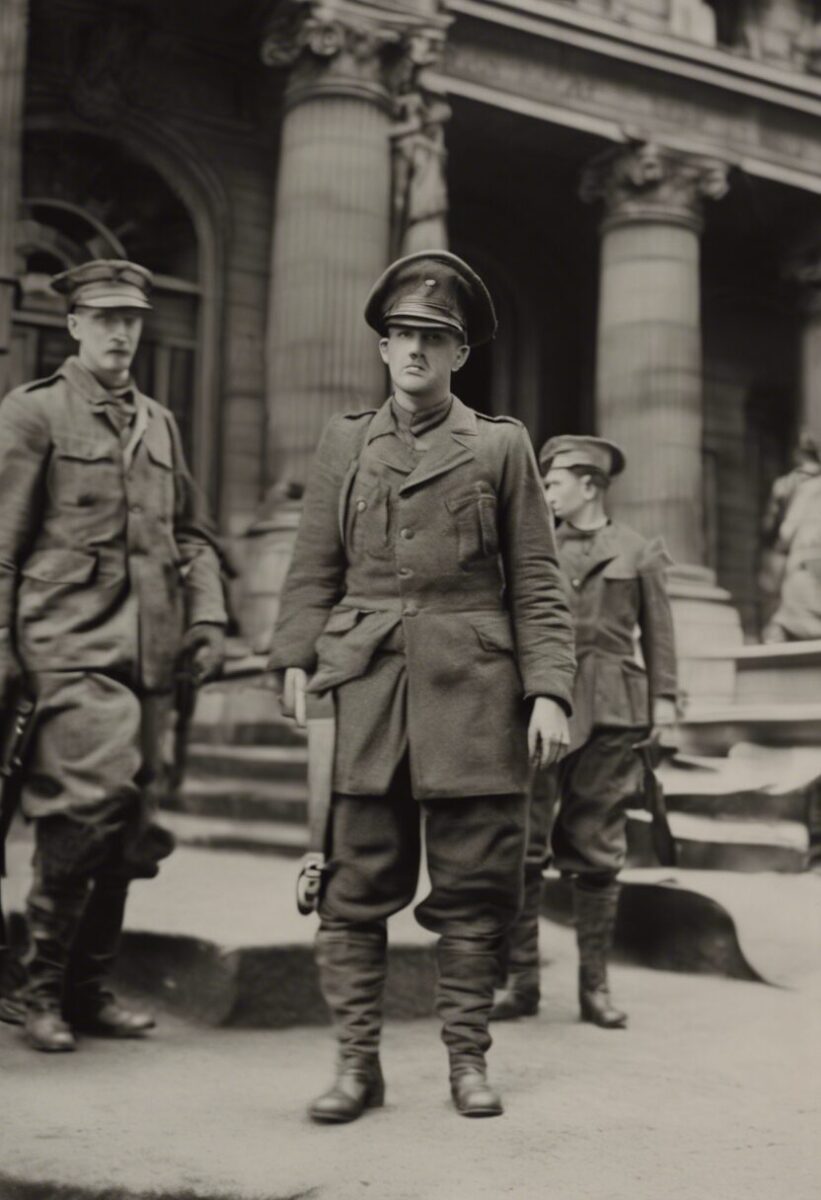Be a Hero, Not a Bystander: Understanding the Good Samaritan Law
Ever wondered what would happen if you tried to help someone in a medical crisis and inadvertently caused further harm? What if we told you there’s a law that encourages such altruistic actions while protecting you from potential civil liabilities? Dive into the world of the Good Samaritan Law and feed your curiosity.
- Did you know this law was coined after a Bible parable about a man who assisted a robbed and beaten stranger? Its inception in 1975 aimed to tackle the chilling ‘Bystander Effect’ that led to lack of assistance for injured individuals.
- The law focuses on key elements like consent, reasonability of care, emergency circumstances, and the helper not being the cause of the accident. Ordinary negligence is covered, but not gross negligence.
- There’s more! They’ve even tailored legislation to cater for specific situations. The Aviation Medical Assistance Act (AMAA) protects healthcare practitioners on flights, while the Good Samaritan Food Donation Act encourages food donation by shielding donors from civil liabilities. However, remember, the law varies by state!
I once saw a car accident on my way home from work. A small crowd had gathered, but no one seemed to be doing anything. I remember wondering if they knew about the Good Samaritan Law, or if they were just too scared to step in. This event fueled my interest in understanding the law better and sharing it with others.
Remember, the Good Samaritan Law aims to enhance societal helping behavior, but it doesn’t encourage reckless acts. Always ensure safety, check your local jurisdictional differences, give help reasonably, and avoid tasks you’re untrained for like CPR.
Latest News
- 5 Best Anime Movies on Netflix, Ranked by Rotten Tomatoes Score (July 2025)
- Making her product in the US is
- A Texas candy company switched to natural dyes — but it wasn’t easy
From the team at constitutionus.com, stay curious, keep learning!







